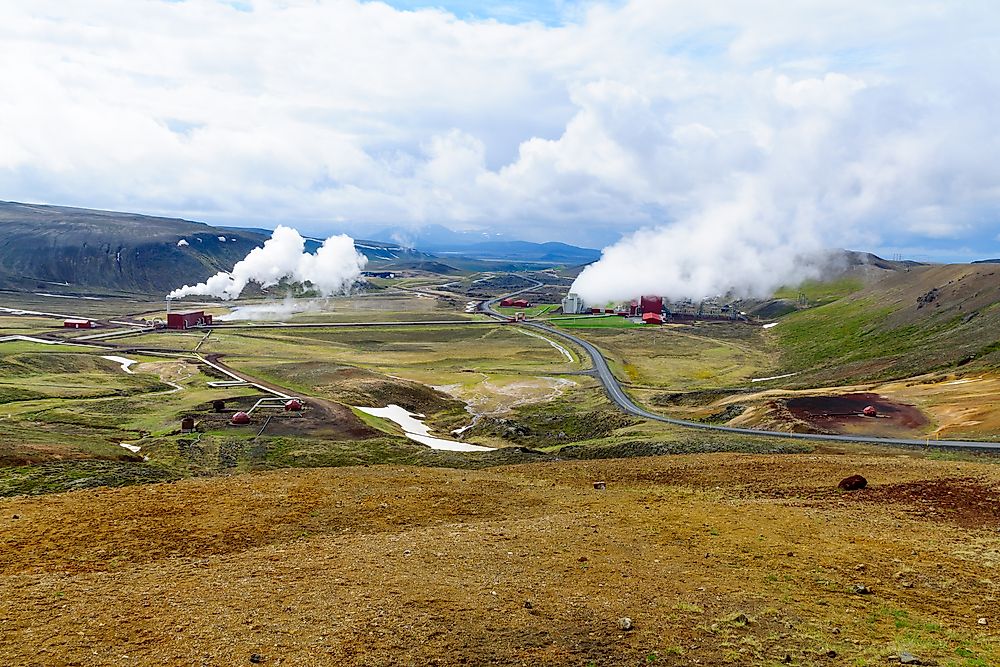What is Geothermal Energy?

Geothermal energy is scientifically defined as the heat energy originating from or sourced from the Earth. The word geothermal is derived from the Greek words ge (which means earth) and thermos (which means hot). Geothermal energy can refer to various forms of heat energy that can be extracted from the Earth like hot springs, geysers and other radioactive decay of materials inside the earth’s crust.
What Is The Source Of Geothermal Energy?
The earth’s core is incredibly hot with temperatures exceeding 4000 degrees Celsius. Compared to the core and mantle (which are the innermost and the second innermost layers of the planet’s from core), the crust is much cooler with average temperatures around 20 degrees Celsius only. This gives rise to a temperature gradient or more specifically in geology, a geothermal gradient. Like all other hot substances, the heat from inside the earth’s core and mantle is given off and it only manages to escape through orifices which can be either natural or man-made. There are also some regions where we have local concentrations of heat occurring in a highly pressurized chamber inside the surface of the earth. Most of these are located along continental rifts and oceanic ridges.
History Of Exploration Of Geothermal Energy Sources
Hot springs have been used as luxury baths for a very long period in human history dating back to the Roman era. They were later used for space heating as well as simply a source of hot water which has its own variety of uses. The most recent and arguably the most important role of geothermal energy is to generate electricity. This has been identified as a highly cost-effective and sustainable source of energy. Not only is it green but also reliable when a good reservoir is identified. The primary use of geothermal energy is no longer domestic heating and leisure but rather generation of electricity.
Development Of Application Processes Of Geothermal Energy
Technology has advanced at a rapid pace in the last century, especially the last half of the 20th century. These advances have improved the magnitude and efficiency of geothermal power plants by manifold. Geological surveys have established that the geothermal energy present inside the earth can, in theory, supply for the entire planet’s energy requirements for a long period. However, the advances in technology do not come without their challenges.
Challenges
Despite being a clean and environmentally-friendly source of energy, geothermal power is incredibly difficult to exploit and poses a major financial risk for anyone trying to venture into this area. This is because the initial installation costs are very high. Drilling and exploration for deep resources is costly and prone to errors. There have been cases where an entire plant was rendered useless when the reservoir simply ran out of geothermal power after a short period of time. Therefore, planning is essential when venturing into the geothermal energy sector.
What Does the Future Hold?
Geothermal energy provides an interesting mix of challenges and opportunities for all of us. On one side, it is a clean source of energy but on the other side, it is also very risky. With government support in the US, the results have been promising like the Green Power Program serving as a bright example for others to follow. One thing is for certain - that geothermal energy may provide a short term solution to our planet’s energy requirements if proper research is done in this area.











